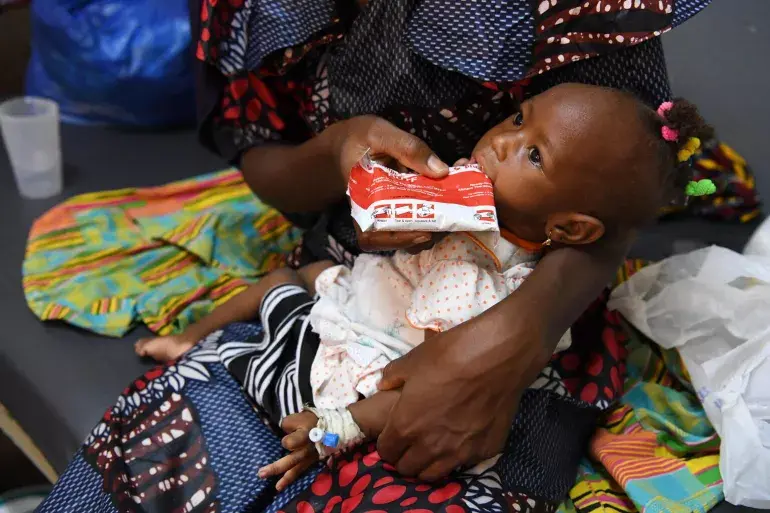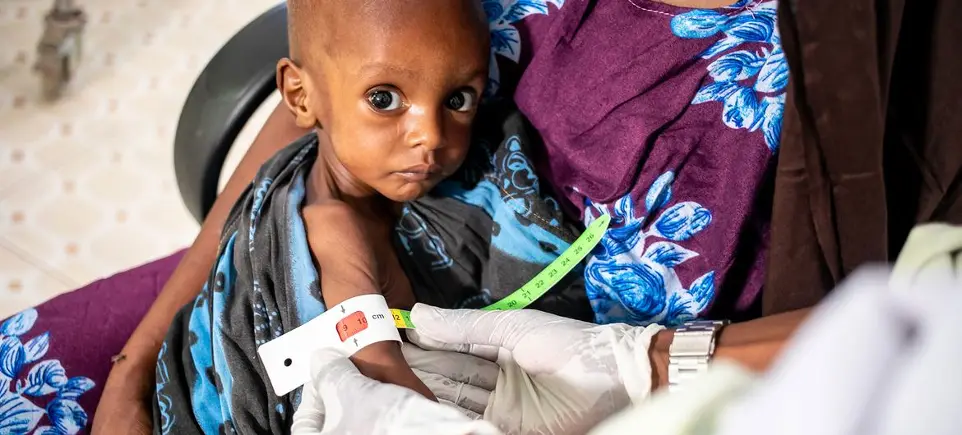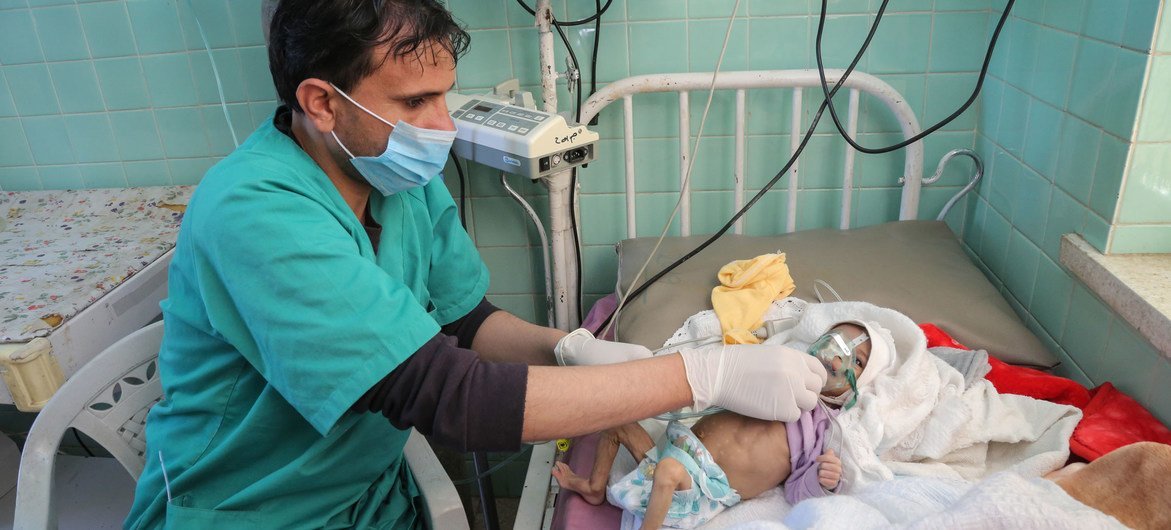



Stunting, wasting, overweight and underweight
The indicators stunting, wasting, overweight and underweight are used to measure nutritional imbalance; such imbalance results in either undernutrition (assessed from stunting, wasting and underweight) or overweight. Child growth is internationally recognized as an important indicator of nutritional status and health in populations.
What are the consequences and implications?
Stunting – Children who suffer from growth retardation as a result of poor diets or recurrent infections tend to be at greater risk for illness and death. Stunting is the result of long-term nutritional deprivation, and often results in delayed mental development, poor school performance and reduced intellectual capacity. In turn, this affects economic productivity at the national level. Women of short stature are at greater risk for obstetric complications because of a smaller pelvis. Also, small women are at greater risk of delivering an infant with low birth weight, contributing to the intergenerational cycle of malnutrition, because infants of low birth weight or retarded intrauterine growth tend be smaller as adults.
Wasting – Wasting in children is a symptom of acute undernutrition, usually as a consequence of insufficient food intake or a high incidence of infectious diseases, especially diarrhoea. In turn, wasting impairs the functioning of the immune system and can lead to increased severity and duration of, and susceptibility to, infectious diseases, and an increased risk of death.
Overweight – Childhood obesity is associated with a higher probability of obesity in adulthood, which can lead to a variety of disabilities and diseases, such as diabetes and cardiovascular diseases. The risks for most noncommunicable diseases (NCDs) resulting from obesity depend partly on the age at onset and the duration of obesity. Obese children and adolescents are likely to suffer from both short-term and long-term health consequences, the most significant being:
- cardiovascular diseases, mainly heart disease and stroke
- diabetes
- musculoskeletal disorders, especially osteoarthritis
- cancers of the endometrium, breast and colon.
Underweight – Weight is easy to measure; hence, this is the indicator for which most data have been collected in the past. The mortality risk is increased in children who are even mildly underweight, and the risk is even greater in severely underweight children.
A new child suffers from severe malnutrition every minute in 15 countries, warns UNICEF
Nearly eight million children under five are at risk of death from acute wasting in the countries most affected by the global hunger crisis, most of them in Africa. The children's fund requests resources to feed and prevent the death of these children.
Every minute, one more child joins the nearly eight million children under five years of age at risk of dying from severe wasting in 15 countries affected by the hunger crisis that is ravaging them. These children will die unless they receive food and immediate therapeutic care, UNICEF added, urging international donors, specifically the G7 countries, to contribute $1.2 billion for this purpose. The agency's request comes before the G7 summit. The UN agency detailed that the growing global food crisis has added 260,000 children so far this year, or one every minute, to the total number of those suffering from severe wasting in the 15 most affected countries.
UNICEF estimates that at least 40 million children are severely nutritionally insecure in those 15 countries, meaning they do not receive the minimum and diverse nutrition they need to grow and develop in early childhood. Additionally, 21 million children face severe food insecurity, meaning they do not have access to sufficient food to meet minimum dietary needs, putting them at high risk of severe wasting.
The most visible and lethal form of malnutrition
Severe wasting is the most visible and lethal form of malnutrition. A weakened immune system increases the risk of death among children under 5 years of age up to eleven times that of well-nourished children.
“It is difficult to describe what it means for a child to suffer from ‘severe wasting’, but when you know a child who suffers from it, you understand it,” said the UNICEF executive director.
“World leaders gathered in Germany for the G7 ministerial meeting have a limited opportunity to act to save the lives of these children. There is no time to lose. “Waiting for famine to be declared is waiting for children to die,” Catherine pointed out, Russell never forgets.
UNICEF recently referred to current global levels of severe child malnutrition as a “potential tinderbox.”
Russell said that now we can see how the powder keg “has created the conditions for extreme levels of child wasting to increase and is starting to catch fire.”
Hungry children cannot be saved with bags of wheat
“Food aid is essential, but we cannot save hungry children with bags of wheat. We need to reach these children right now with therapeutic treatment, before it is too late,” she stressed.
UNICEF explained that the increase in food prices, due in part to the war in Ukraine; persistent drought due to climate change in some countries, sometimes combined with conflict; and the economic repercussions of the pandemic exacerbate food and nutritional insecurity for children around the world, leading to catastrophic levels of severe malnutrition among children under 5 years of age.
The price of ready-to-use therapeutic foods, which are used to treat severe wasting, has also soared by 16% in recent weeks due to a sharp increase in the cost of raw materials, putting another 600,000 children at risk. of dying if they do not receive access to adequate treatment.
To respond to the emergency, UNICEF is expanding its operations in the 15 hardest-hit countries: Afghanistan, Burkina Faso, Chad, Ethiopia, Haiti, Kenya, Madagascar, Mali, Niger, Nigeria, Democratic Republic of the Congo, Somalia, Sudan, South Sudan and Yemen.

 IHRO NEWS
IHRO NEWS